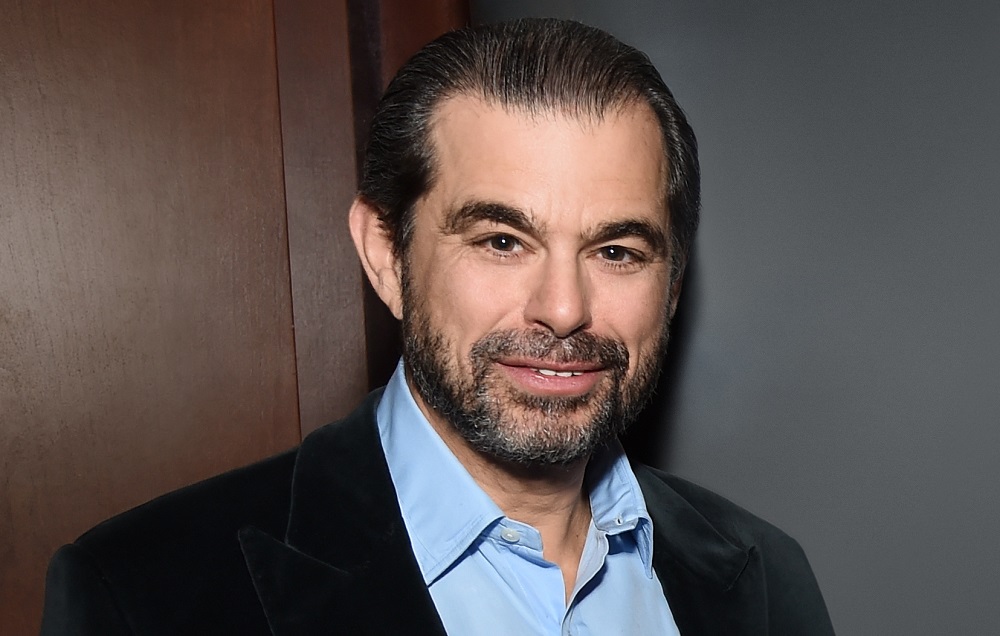SESAC Chief John Josephson Is Bullish on the Future of Music Rights
By Paula Parisi
LOS ANGELES (Variety.com) – As performance-rights organizations go, SESAC is a for-profit royalty collector, banking a strong position for chairman and CEO John Josephson, who joined in 2014 after a successful career in investment banking, a unique position as a champion of songwriters. He knows the terrain intimately, having led a buyout of Sesac in 1994 while employed by Allen & Co. Today, the 88-year-old org administers more than 400,000 copyrights including songs by Adele, Bob Dylan and 2018 Johnny Mercer Award honoree Neil Diamond.
Last year the company was purchased by the investment firm Blackstone for a figure reportedly in the $1 billion range, market validation for Josephson’s bullish view on the future of music rights. With a BA from Cornell and an MBA from Harvard, Josephson’s entrepreneurial adventures include co-founding the publishing company Downtown Music in 2005. On the eve of the Songwriters Hall of Fame, Josephson reflects on where ’s been and where it’s headed.
How has SESAC adapted to the competitive new landscape?
Sesac is more than just a PRO at this point. We are active in mechanical as well as performing rights, and we are building a global licensing platform through our Mint Digital Licensing joint venture. We’ve substantially broadened and expanded our business model with the addition of the CCLI [Christian Copyright Licensing Intl. in 2016] and the acquisitions of HFA [the Harry Fox Agency, in 2015]. We view ourselves as a music-rights organization, or MRO, rather than a PRO.
Unlike ASCAP and BMI, SESAC is for-profit?
We are a for-profit entity and take a partnership approach with our affiliates in order to deliver better financial outcomes for them. Unlike those organizations, we are not subject to a consent decree, so we license in a free market, which we believe enables us to achieve better outcomes. We take a selective approach to our affiliation activities and have a smaller affiliate base than our principal competitors, which we believe enables us to deliver a higher level of responsiveness and service.
Have you had any discussions to get in on the joint ASCAP/BMI rights database?
We were approached by ASCAP and BMI about it and joined a meeting or two earlier this year. We are always open to partnering with others.
What do you think about the new Music Modernization Act? Might it eliminate the need for a joint ASCAP/BMI database, since Congress is now mandating a ‘Song Exchange’ for songwriters?
You’re referring to the establishment of the mechanical licensing collective and the requirement that it create a publicly accessible mechanical rights database. You’re right that it may eliminate the need for the database that ASCAP and BMI previously announced, depending on the approach that’s taken. As we’ve seen in our MINT joint venture with SUISA, licensing outside the United States requires the integration of mechanical and performance rights information for multiple territories. SESAC purchased HFA from the National Music Publishers Association about two and half years ago. Since that time, we have invested significant time and resources in integrating the mechanical rights data SESAC obtained from the NMPA into our existing performing rights database in order to create a unified data structure that incorporates both rights categories and which links those rights to individual sound recordings. We’ve also migrated the combined database to our cloud-based system. We are close to finishing this process, which will place us in the best position to provide not just the mechanical picture, but a comprehensive copyright picture that integrates mechanical and performing rights information for US and global copyrights. We would hope that any Collective designated by the Copyright Office will work with us to stand up their database quickly, rather than create one from scratch, which would invariably require more time, the unnecessary expenditure of a potentially significant amount of money, and added risk.
What does SESAC’s purchase by Blackstone for a reported $1 billion say about the value of music?
It’s confirmation of the investment thesis that, following a number of challenging years, the music industry had reached a stable plateau from which it could grow on a sustainable basis. That has proved to be the case, [not just with] Blackstone’s investment in SESAC, but the successful Spotify IPO and the sale of Mubadala’s interest in EMI to Sony/ATV.
What new areas of business look most promising in terms of expansion?
We see so many areas of opportunity. We’re focused on the continued growth of our domestic PRO, the roll-out of a global licensing platform through our MINT Digital Licensing joint venture with [Swiss authors’ rights society] SUISA and developing a robust set of licensing and administration services targeted at U.S. independent publishers. We view audiovisual music as under-monetized and see significant opportunities to generate better outcomes monetarily, particularly in digital markets in the U.S. and internationally.
What has meant to your organization over the years?
Neil became an affiliate of SESAC in 1994. At the time, it was a tough sell as we had no established artists on our roster and practically nobody had ever heard of SESAC. It took a lot of courage and vision on Neil’s part. That’s true of Dylan, too, who joined the same year. It’s hard to overstate how important these two were to the evolution of SESAC. They put us on the path we’ve followed over the ensuing 25-plus years. It’s great to see that Neil will receive the recognition he deserves from the Songwriters Hall of Fame with the Johnny Mercer Award at this year’s induction ceremony.

